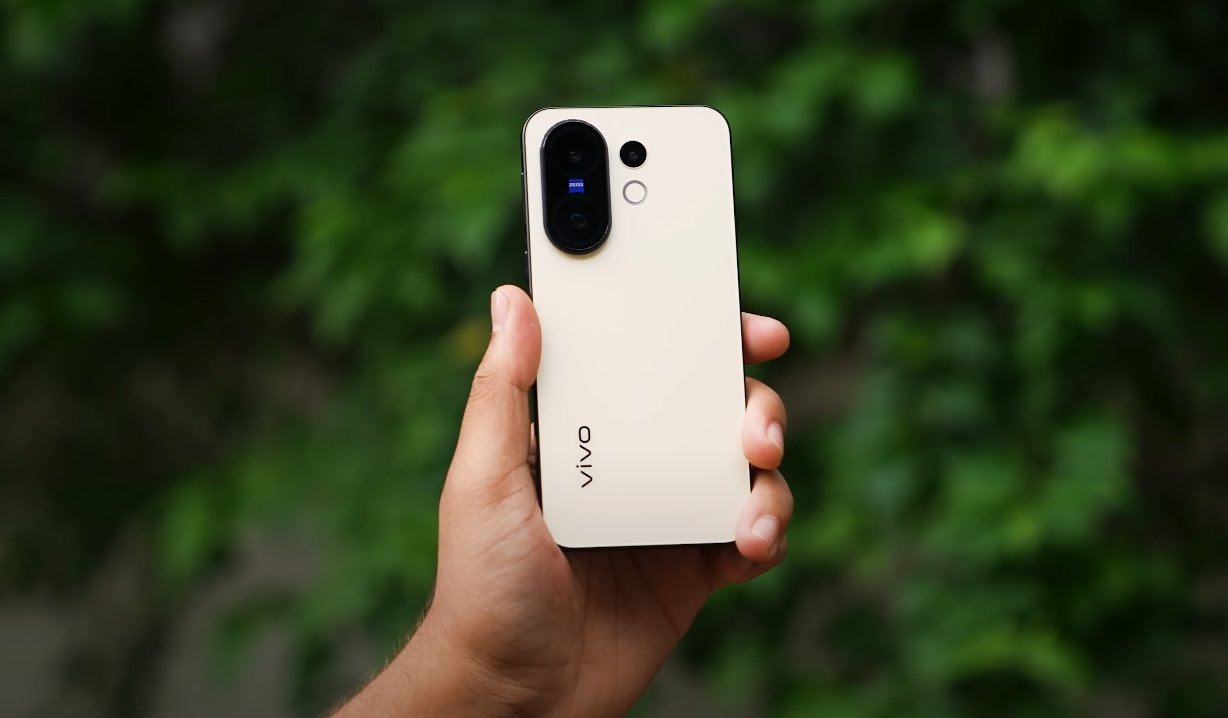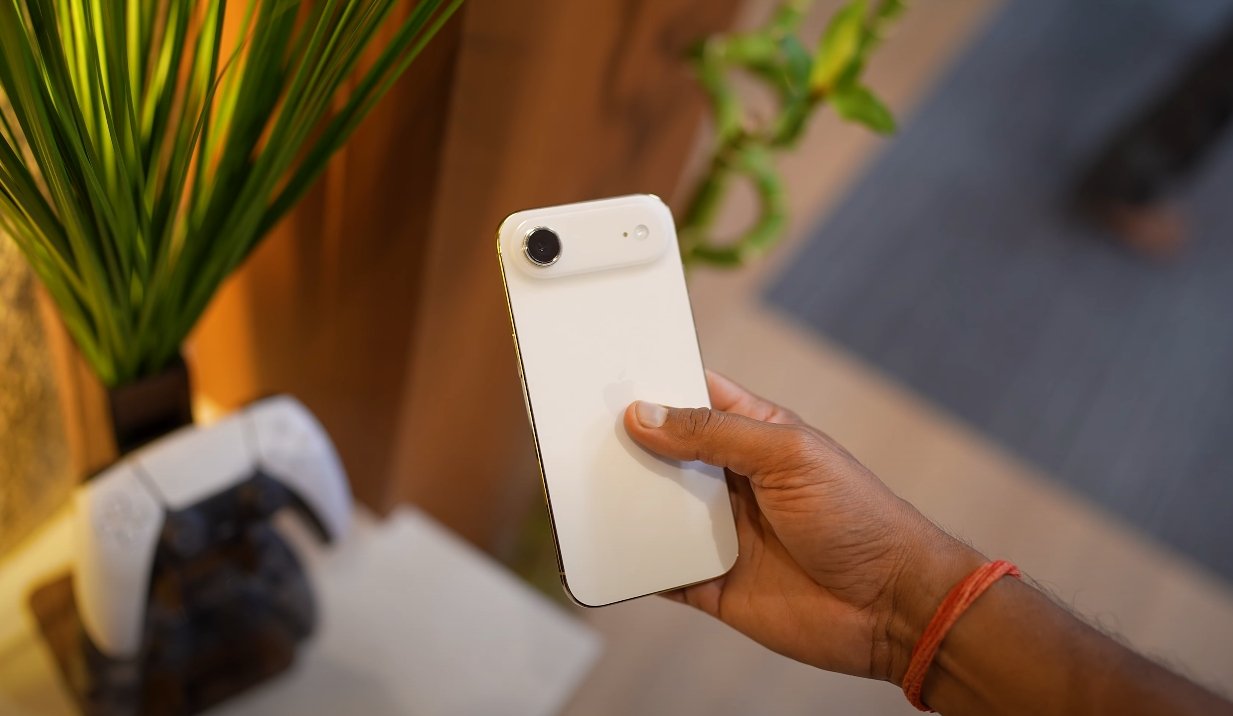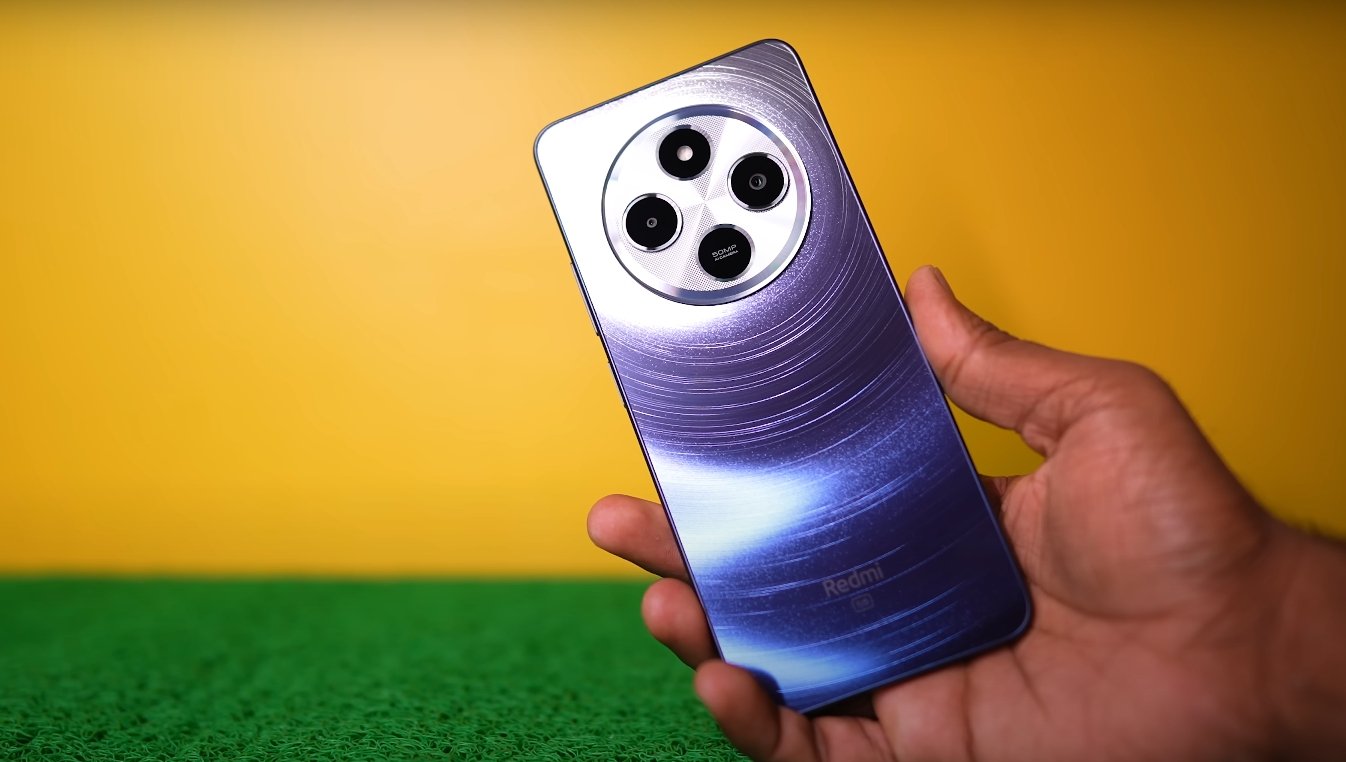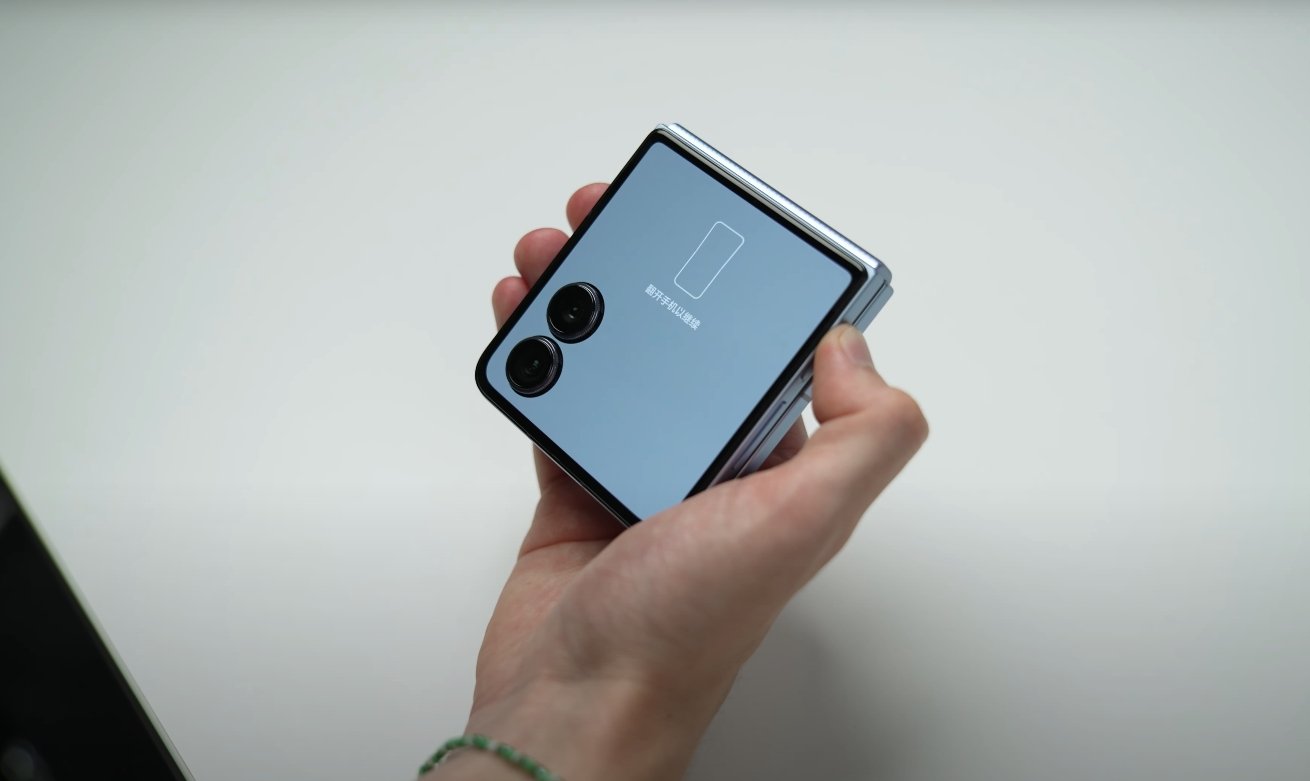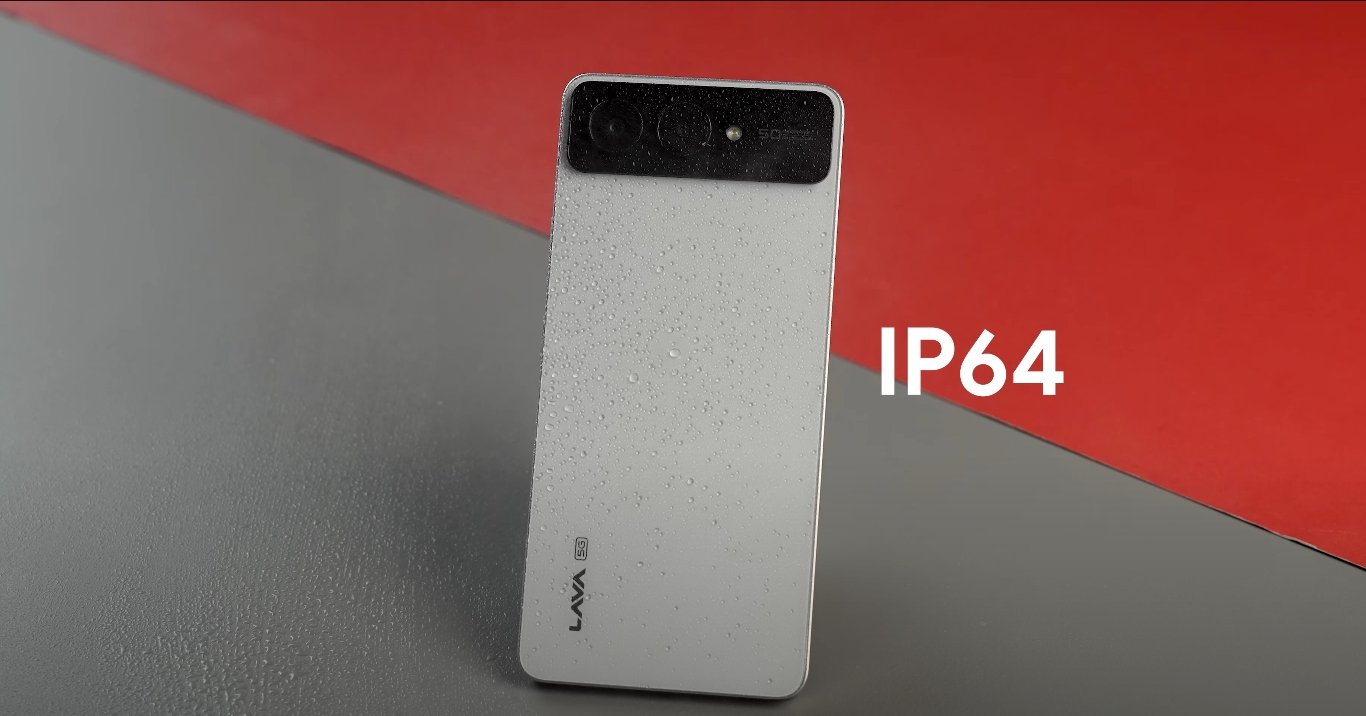Real-world charging performance of the Vivo X300 FE in U.S. trials
In recent U.S. tech labs, the Vivo X300 FE has been put through a series of charging tests to see how its claimed fast-charge numbers stack up under realistic conditions. The goal has been to assess both how quickly the battery powers up from low levels and how fast the phone can reach full charge while managing heat and power delivery constraints common in U.S. electrical standards.
The Vivo X300 FE is officially rated for 90W wired fast charging, a spec that promises very rapid top-ups. During tests, the device managed to hit roughly half charge (0-50%) in about 15 minutes when connected to the official charger and cable at standard room temperature. That performance is consistent with what users expect from phones in its class under ideal conditions.
Moving past the 50% mark, charging speed naturally tapered down. Between 50% and 80%, the rate slowed noticeably due to thermal and voltage management, taking roughly another 10-12 minutes to cover that range. From 80% up to full charge, the time further lengthened, in part to protect battery life and prevent overheating. Total 0-100% charge time in these U.S. lab tests came in around 52-60 minutes, depending on ambient conditions and whether the screen was on.
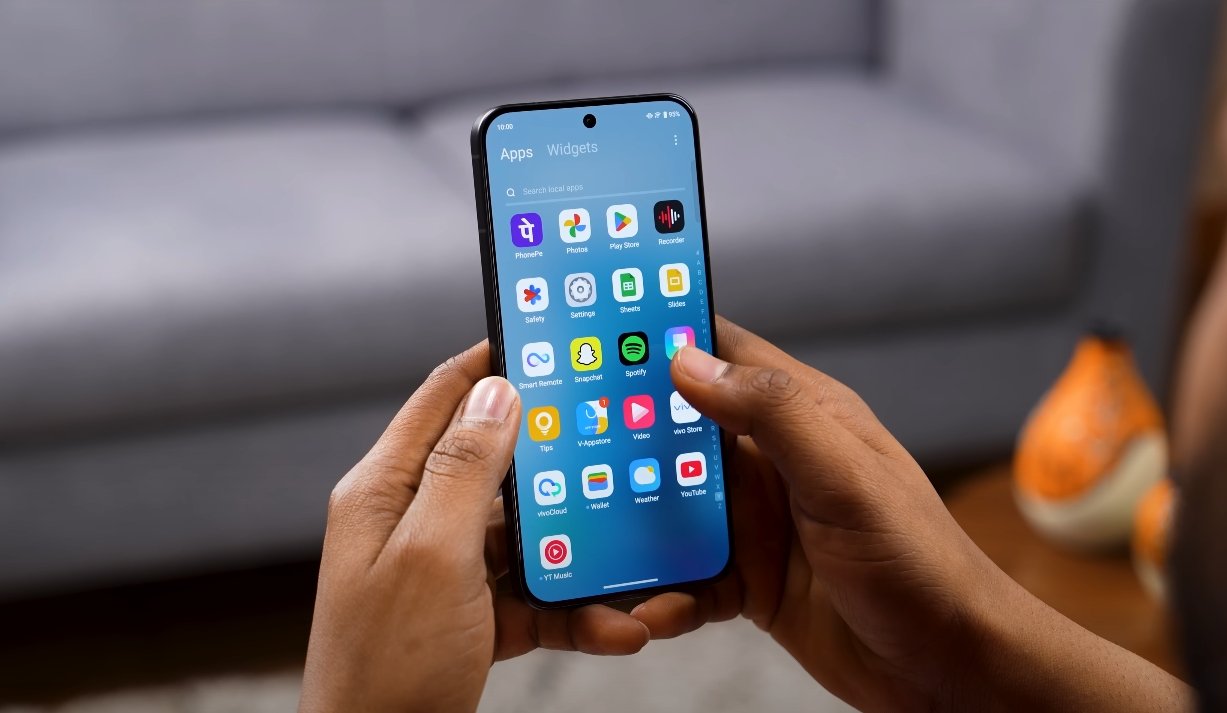
When comparing to rivals, the Vivo X300 FE’s charging times are competitive. Flagship phones with similar battery capacity often take 45-70 minutes to fully charge under real-world settings. The fact that the X300 FE achieves full charge in just under an hour under test conditions positions it well among devices targeting fast-charger buyers.
However, testers noted that U.S. wall outlet voltage and plug compatibility can influence performance. Some users using non-standard or third-party chargers saw lower peak wattage—often capped around 60-70W instead of the full 90W—resulting in proportionally longer charging times. Cable quality and whether the charger supports the required fast-charging protocols also played a substantial role in achieving top speeds.
Thermal behavior during charging also caught attention. In high ambient temperatures (above 30°C), the phone’s charging chip reduced the current after hitting about 70% charge, likely to protect internal components. The lower wattage phase (above 80%) appears aggressive in maintaining battery health. Under cooler conditions, voltages remained higher longer, improving speed in the middle portions of the charge cycle.
For U.S. consumers, this means that while the Vivo X300 FE does deliver fast charging close to its claimed spec when using the official charger and proper setup, real-world performance will vary. In everyday usage—using wall plugs in homes, varying temperatures, screen usage during charge—the full 90W charging may only occur briefly, and full charge may approach one hour rather than faster flagship times.
Overall, the Vivo X300 FE shows strong charging performance in U.S. testing. Its 0-50% times are impressive, mid-charge remains efficient, and full-charge completes within an acceptable window for its class. Buyers investing in the right charger and maintaining cooler operating conditions are likely to see results close to lab figures.
